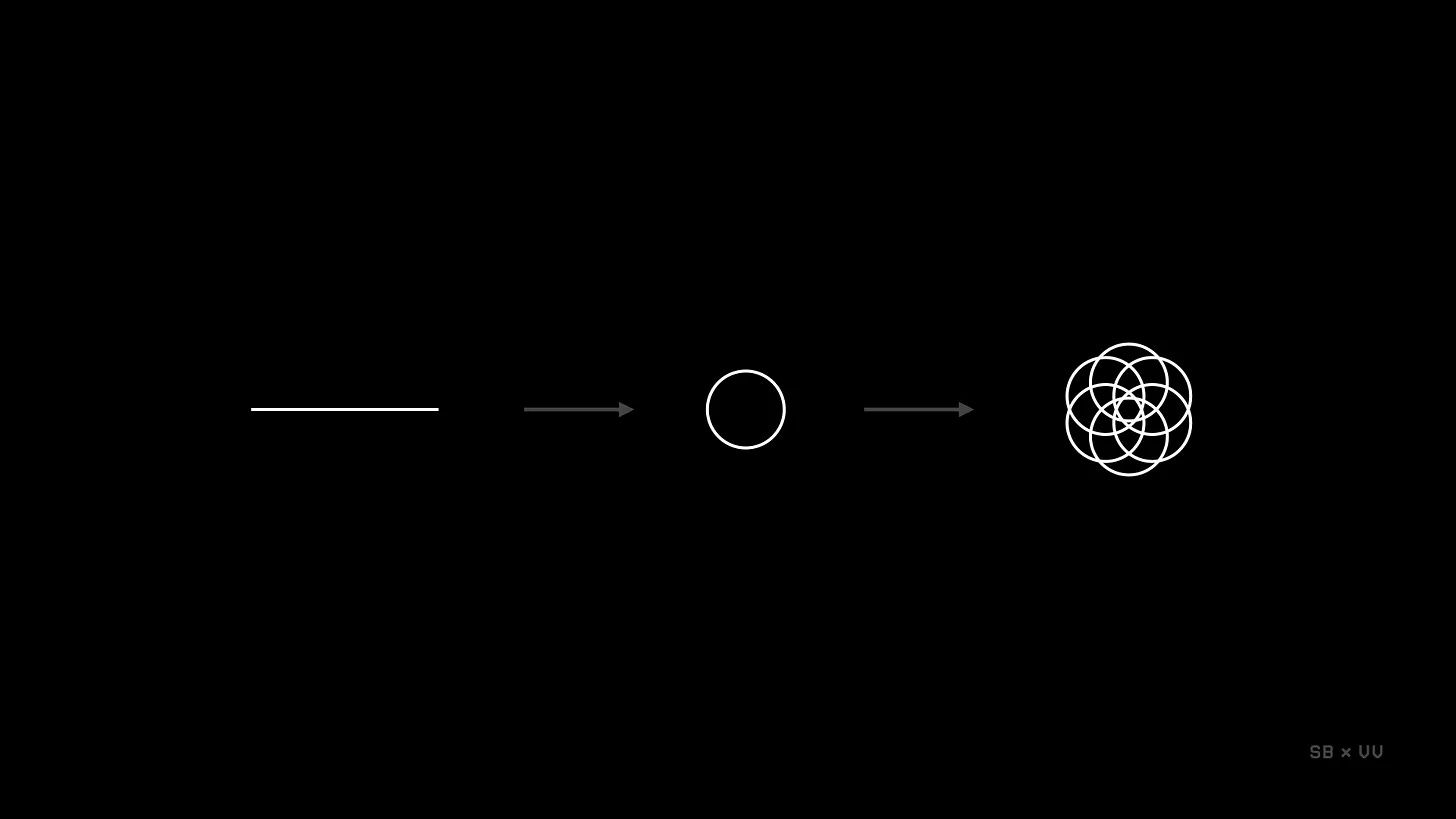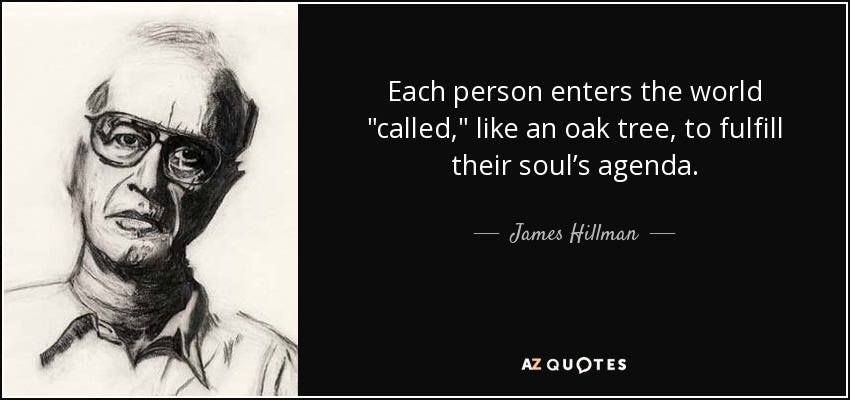The secret to foresight: first principles
Feeling the future requires AI (Archetypal Intelligence)
Have you ever had a premonition?
Or perhaps a dream that later unfolded in waking life?
Or maybe that weird feeling of déjà vu?
Whichever it may be, you can’t deny the mysterious curiosity it sparks…that tug to follow an invisible trail.
Because it does seem the future has a way of whispering before it arrives.
The future.
Future!
Futur….
Futur…us
Don’t mind me. I like hunting for the essence beneath reality, and language just happens to be my freshest prey.
The word future comes from the Latin futūrus, which means “what is going to be.”
It’s actually the future form of the verb esse which means “to be.”
So even the roots of this word indicates that the future isn’t some far-off idea. It’s already being what it’s becoming.
Which begs the question: how do we begin to know the future?
Perhaps you’ve already heard the world’s “favorite” giga brain—Elon Musk—talk about it: first principles.
First principles are the most basic truths—foundational building blocks you can’t break down any further.
Instead of reasoning by analogy (“this worked before”), you return to the root of how something works and rebuild from there.
When Elon Musk was trying to make rockets more affordable at SpaceX, he noticed that the cost of launching one was outrageously high. Most people in the industry just accepted that reality.
But instead of taking that at face value, Musk asked: What is a rocket actually made of?
He broke it down to its raw materials—aluminum, titanium, copper, carbon fiber—and realized that the basic ingredients were only a small fraction of what companies were charging.
So rather than buying prebuilt rockets, he decided to rethink the entire process from the ground up.
He designed and built everything in-house, turning SpaceX into one of the most innovative companies in the world—venturing into territory that, until recently, seemed impossible: building reusable rockets.
In the end, Musk didn’t follow where the future was supposed to go.
He stripped it down and found the seed of what it could become.
That’s the power of first principles: it helps you see what’s coming by getting to the core of what’s already there.
Aristotle called it the prime mover—the first cause, the unseen force that sets everything in motion.
Sometimes, the clearest way to see first principles isn’t through logic but through nature.
So that brings us here:
Every oak tree begins as an acorn.
Inside that tiny, unassuming seed is the entire blueprint for something vast, rooted, and enduring.
But if you don’t know what you’re looking at, you’ll miss the miracle.
You’ll assume the acorn is just a nut, rather than the seed of a forest.
First principles thinking is how you spot the oak tree inside the acorn.
It’s how you learn to see potential before it’s obvious. Not by guessing the future, but by understanding the essence of what already is.
But I have something more to say: first principles aren’t just a framework or strategy that you can use every now and then.
It’s a way of seeing. A deeper mode of awareness.
As Jiddu Krishnamurti would say—choiceless awareness.
And first principles thinking is too flat for that.
You really need intelligence for that.
Archetypal intelligence.
Sniff, sniff.
I smell fresh prey…
Archetype.
This word can be traced back to the Greek root arkhē, meaning “beginning, origin, and first principle,” and typos meaning “imprint or pattern.”
Simply put: an archetype is a first principle with form—a deep, universal pattern that shapes our metaphysical reality.
And that’s what Archetypal Intelligence really is: the ability to recognize the deep patterns within yourself and the world—and to lead, create, and live from that original place.
If this resonates, and you’re curious to learn how you can cultivate this AI (Archetypal Intelligence), then you’re invited to our upcoming free masterclass on becoming a mythic leader.
It’s designed to help you awaken the deeper intelligence already living inside you, so you can step into the kind of leadership that can’t be automated.
Abeer and I truly look forward to seeing you there.
This is nearly 10 years in the making.
We promise it won’t disappoint.
In Mystery,
Somya Desai











